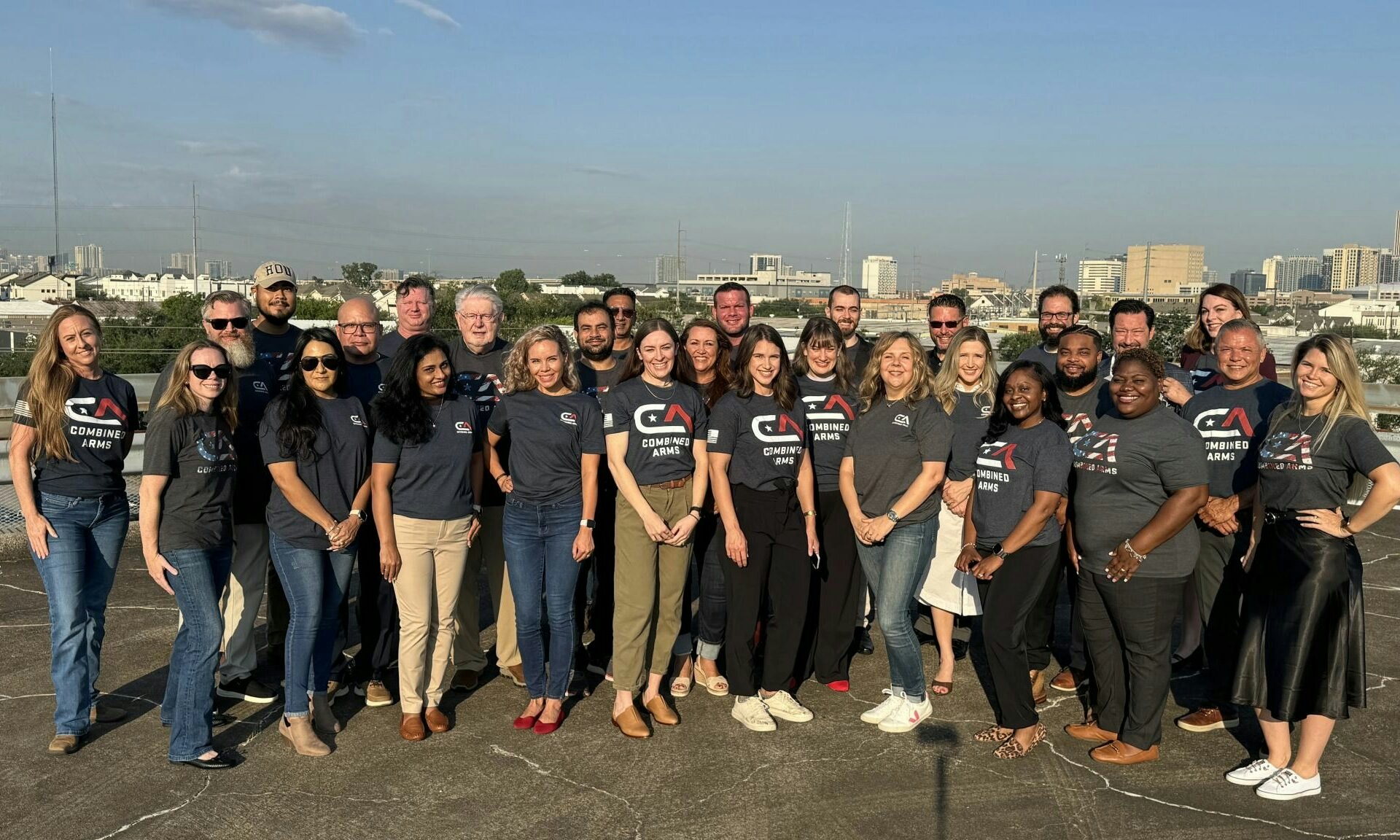Traumatic brain injury is an injury to the brain due to external forces which disrupt the brain’s functioning. The result depends upon the magnitude of the force and its effect upon vulnerable portions of nerve cells.
This year, the Bush Institute is launching an initiative to raise awareness about the invisible wounds of war: Traumatic Brain Injury (TBI) and Post Traumatic Stress (PTS). The health and wellness of post-9/11 veterans is complex and often vary according to a veteran’s experience.
Physical and psychological injuries sustained during combat also can affect multiple aspects of a veteran’s transition from the military to civilian life. Our research indicates that invisible wounds of war pose a significant barrier to continued education, employment, and quality of life.
The Bush Institute will collaborate with experts in veteran health care to develop recommendations on improving the health and wellness of post-9/11 veterans. A major focus of our work will examine how veterans can best seek and receive effective treatment. We also will work on strategies to eliminate barriers to care, including stigmas associated with wounds.
Today, we hear from Dr. James Kelly, the Bush Institute’s Senior Fellow in Wellness, on the important features of Traumatic Brain Injury.
Traumatic brain injury (TBI), as the term implies, is an injury to the brain due to external forces which disrupt the brain’s functioning. The disruption may be temporary with full recovery, or there may be long-lasting, even permanent injury to brain tissue. The result depends upon the magnitude of the force and its effect upon vulnerable portions of nerve cells.
The long parts of nerve cells, called axons, are particularly vulnerable to these forces being stretched and distorted in ways that interfere with their ability to transmit nerve impulses. Typically, TBI is graded as mild, moderate, or severe, depending upon the degree of impairment at the time of the injury.
By far, most cases of TBI are considered mild TBI, which is synonymous with a concussion.
- The outward manifestations of mild TBI are changes in the behavior and mental status of the individual at the time of the injury or immediately thereafter.
- The most common alteration in mental status is a period of confusion during which the individual has difficulty making sense of what just happened or what is going on in the environment. This result is sometimes associated with amnesia, or a gap in memory for what happened at the time of the injury.
- In some instances, mild TBI may begin with brief loss of consciousness (coma), followed by a return to consciousness within seconds or minutes.
These injuries are typically hidden in that there are no obvious wounds (bleeding) or overt medical signs (paralysis). As a result, these “invisible wounds” require close observation and checking of a person’s mental health so they can receive proper detection, diagnosis, and treatment.
The effects of TBI
Generally, the more severe the TBI, the worse the effects and the longer they last. For the most part, mild TBI has a limited course of symptoms with gradual recovery over a week or two. Moderate and severe TBI can have longer effects from which full recovery is less common.
The most common symptoms reported at the time of a concussion (mild TBI) include headaches, nausea, dizziness, mental “fogginess” and visual problems, such as blurred or double vision.
Lingering symptoms can include problems with balance, difficulty with attention and concentration, impairment of memory, disturbed sleep, and difficulty tolerating loud sounds and bright lights.
The good news is that traumatic brain injuries can be treated. Many of these symptoms can be addressed with medication or by introducing environmental changes. Headaches may only require mild pain medication.
Of course, lingering problems require careful medical attention. These wounds of war are indeed invisible and can be a barrier to making the successful transition to civilian life that we all desire for our returning veterans.






























